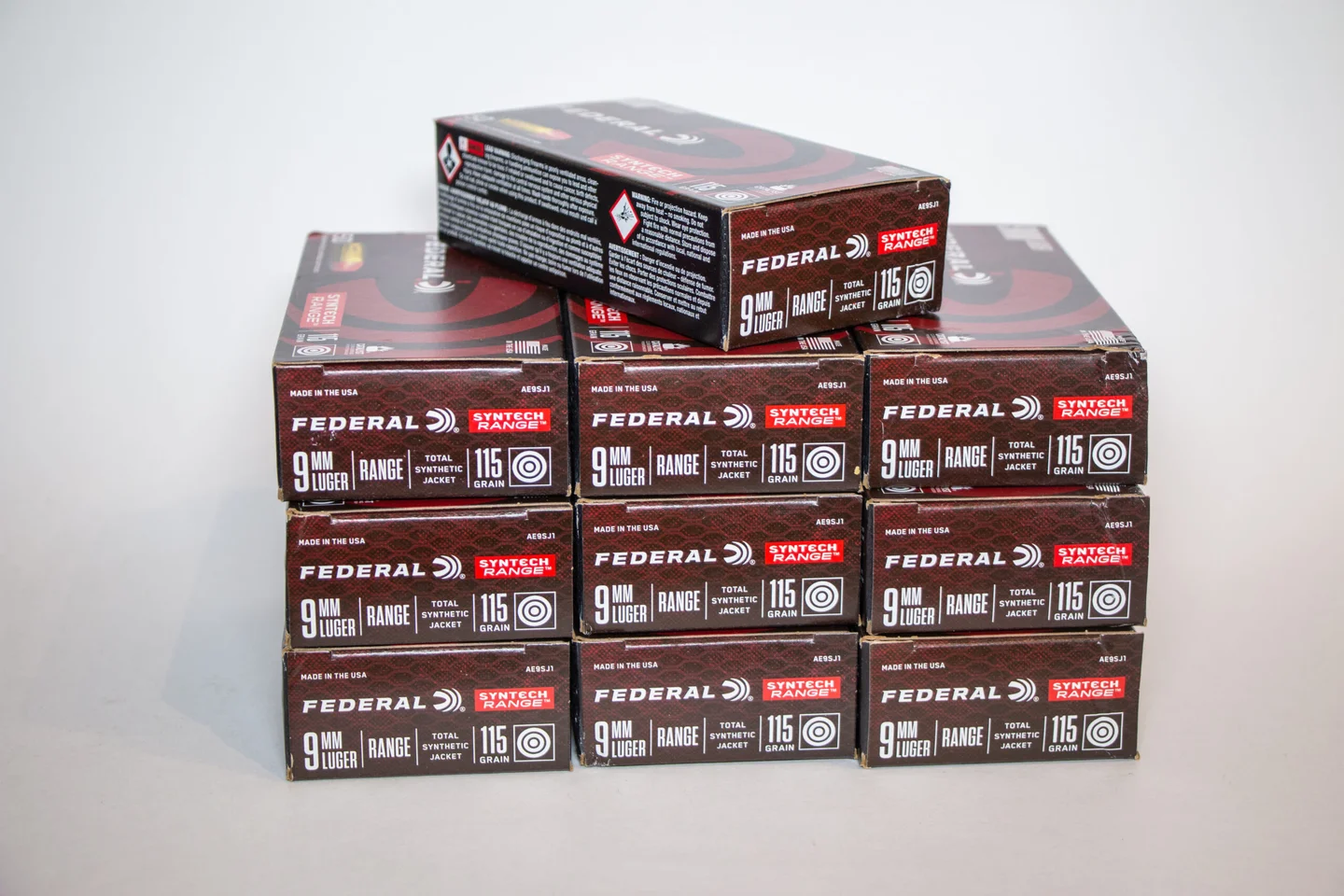If you like guns or shooting sports, you may have wondered about the rules and difficulties of sending ammunition through the mail. Can you send ammo? What are the rules and limits that apply to this process? This article will tell you everything you need to know about mailing ammunition, including what the law says, how to pack it ammo boxes cardboard, and what shipping choices you have. By knowing how complicated it is to mail firearms, you can make sure you follow the rules and send it safely to the people you want.
I. Mailing Ammo: Legal Considerations
A. Understanding the legal framework
There are many neighborhood, national, and international laws and rules about mailing ammunition. It is important to know the rules in your area about how to transport and mail ammunition. Laws can be very different, so find out what the rules are and follow them to stay out of trouble.
B. Domestic vs. international shipping
Different rules and restrictions apply when mailing ammunition domestically compared to shipping it internationally. Domestic shipments typically have fewer restrictions, while international shipments involve additional considerations such as import/export laws, customs regulations, and licensing requirements.
II. Packaging and Safety Guidelines
A. Compliance with carrier guidelines
When sending ammunition through the mail, it's very important to follow the packing and safety rules set by the shipping company. These rules make sure that the ammo is packed safely and won't cause any problems while it's being shipped. Find out what the exact packaging rules are for the carrier you want to use.
B. Use of proper packaging materials
Ammunition should be packaged in suitable materials to prevent damage and ensure safe transportation. Sturdy boxes specifically designed for shipping ammunition should be used to provide adequate protection during handling and transport.
C. Separation and secure containment
To keep people safe and stop guns from going off by mistake, it is important to put each round or box of ammunition in its own package and seal it tight. Use spacers, trays, or other suitable tools to keep cartridges from moving or rubbing against each other.
D. Clear labeling and documentation
When shipping ammunition, it is important to have the right labels and paperwork. Make it clear that the package includes ammunition, and follow any labeling rules that carriers or local laws may have. Also include any paperwork or legal documents, like permits or licenses, that you need to follow the law.
III. Shipping Options and Restrictions
A. Postal services and private carriers
Both postal services and private shipping carriers may have their own restrictions and guidelines for mailing ammunition. Research the policies of different shipping providers to find the one that best suits your needs and complies with the legal requirements.
B. Restrictions on specific types of ammunition
Certain types of ammunition may be subject to additional restrictions or prohibitions. Examples include armor-piercing rounds, explosive or incendiary ammunition, or ammunition classified as hazardous materials. It is crucial to understand any specific restrictions on the types of ammunition you intend to mail.
C. Quantity limitations
Carriers may impose quantity limitations on the amount of ammunition that can be shipped in a single package. These limitations aim to ensure safe handling and comply with legal requirements. Be aware of any quantity restrictions and plan your shipments accordingly.
IV. Shipping Ammunition Internationally
A. Research import and export regulations
When shipping ammunition internationally, thorough research into the import and export regulations of the countries involved is necessary. Different countries may have varying restrictions on ammunition importation, licensing requirements, and customs procedures. Adhering to these regulations is crucial to avoid legal complications.
B. Utilize licensed brokers or shipping agents
To navigate the complexities of international shipping, it may be beneficial to utilize the services of licensed brokers or shipping agents who specialize in firearms and ammunition transportation. These professionals can provide guidance on compliance, handle necessary paperwork, and ensure a smooth shipping process.
V. Proper Communication and Declaration
A. Declare ammunition when required
When mailing ammunition, it is vital to declare its presence accurately and honestly. If required by regulations, complete the necessary customs declarations and provide accurate information regarding the contents of the package. Failure to do so can result in severe legal consequences.
B. Communicate with the recipient
If you are mailing ammunition to someone else, ensure that the recipient is aware of the contents of the package and complies with any legal requirements for receiving ammunition. Open communication between the sender and recipient is crucial to ensure a smooth delivery process.
VI. Seeking Professional Advice
A. Consult with legal experts
Due to the intricacies of mailing ammunition, it may be advisable to consult with legal experts who specialize in firearms and ammunition laws. They can provide tailored advice based on your specific circumstances and help navigate the legal complexities associated with mailing ammunition.
B. Engage with shipping carriers
Engaging directly with shipping carriers can also be helpful, as they can provide guidance on their specific requirements and restrictions regarding mailing ammunition. Carrier representatives can clarify any uncertainties and ensure that you comply with their regulations.
Conclusion
Mailing ammunition requires a thorough understanding of legal considerations, packaging guidelines, and shipping restrictions. By following the appropriate regulations, utilizing proper packaging materials ammunition boxes and trays, and adhering to carrier guidelines, you can safely and legally mail ammunition to your desired recipients. Remember to research and comply with the laws of your jurisdiction, communicate openly with the recipient, and seek professional advice when necessary. By doing so, you can navigate the process of mailing ammo with confidence and peace of mind.
